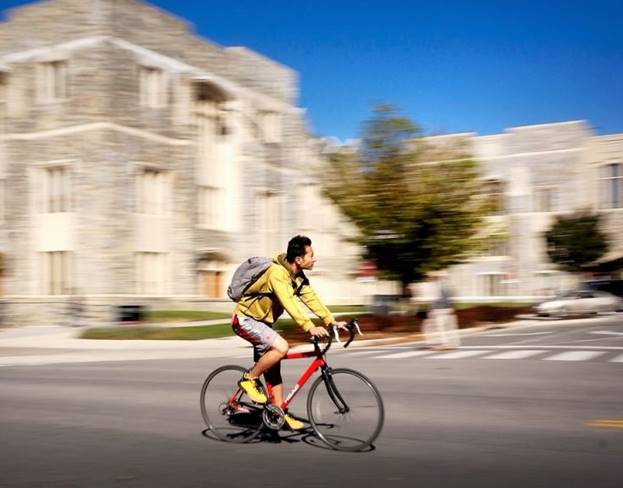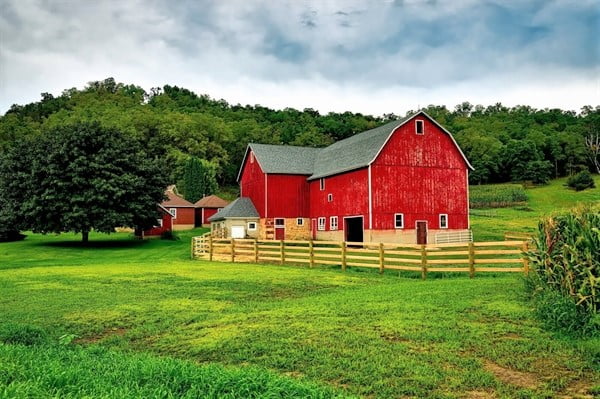
Bicycling trends show more riders on trails and roadways during COVID-19
In recent weeks, many trails and roadways, both in the U.S. and abroad, have seen high numbers of bicyclists and pedestrians; and bicycle stores have seen skyrocketing sales.
“After weeks of staying at home and practicing social distancing guidelines, more and more people are using bicycles for their mode of transportation and physical activity,” says Virginia Tech transportation expert Ralph Buehler. “Not only is bicycling an effective mode of transportation, but it also helps improve physical and mental health.”
Buehler is an associate professor and chair of Urban Affairs and Planning in the School of Public and International Affairs at Virginia Tech’s Research Center in Arlington, Va. He is an internationally recognized expert in bicycling and has published widely on this topic.
Buehler has served as chair of the Committee for Bicycle Transportation of the Transportation Research Board. Most of his research has an international comparative perspective, contrasting transport and land-use policies, transport systems, and travel behavior in Western Europe and North America.
“Bicycling is an ideal mode of transportation while keeping with social distancing rules, in particular for those without a car and who used to rely on public transportation,” Buehler said. “It’s a low impact way to get valuable physical activity, which can protect us from getting sick and has positive impacts for mental health.
“Many cities across the world are making space for cyclists and pedestrians by designating areas that are off limits for motorized vehicles.” the associate professor said. “Some cities, such as Berlin in Germany, have widened bike lanes and implemented new bikeways to accommodate the increased demand.
According to Buehler, “One key factor that facilitates more cycling is low motorized traffic volumes and the removal of perceived danger from cars and trucks while riding a bike. Cities’ should start thinking about accommodating a greater demand for bicycling in their transportation networks by allocating more space to cyclists.

